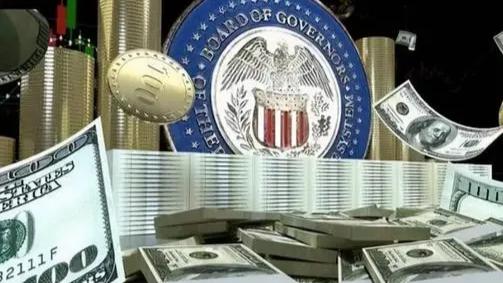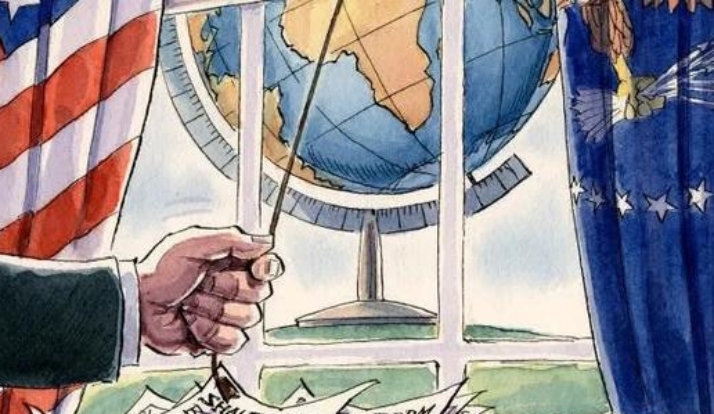
Recently, the White House signed a bill to end the longest government shutdown in American history, but the aftereffects of this political tug-of-war are continuing to ferment in the financial market. At the crucial juncture of the Federal Reserve's December interest rate meeting, the economic data that should have been released intensively suddenly "disappeared" - the October CPI was not released as scheduled, the September employment data was only completed with great difficulty through the emergency recall of employees on unpaid leave, and the October employment report may "never be released". This unprecedented data vacuum has put the Federal Reserve in an awkward situation where it has to implement precise policies but has no reliable basis to rely on.
The severity of the data loss is shocking. From employment to inflation, from GDP to retail sales, 12 core macro indicators failed to be released as planned. White House Press Secretary Levitt had to admit that several important economic data for October may no longer be recoverable. This artificially created information black hole forced the Federal Reserve into a "blind flight" state before the December policy meeting. Market expectations for the Federal Reserve's policy have fluctuated sharply. The FedWatch tool shows that the probability of a 25 basis point rate cut in December has plummeted from 59.4% to less than 50% in just a few days. Such a fluctuation range is extremely rare during a normal data release cycle.
Amid the data vacuum, internal divisions within the Federal Reserve have become increasingly acute. The presidents of the Federal Reserve Banks of Cleveland, San Francisco, Minneapolis and St. Louis formed a hawkish camp, firmly advocating for holding steady and emphasizing that the growth rate of prices must be brought back to the 2% target level. However, Fed governors Milan, Waller and Bowman hold a dovish stance, believing that the existing inflation data is better than expected, providing sufficient support for further interest rate cuts. Dallas Fed President Logan has made it clear that he will oppose interest rate cuts in December. Kansas City Fed President Schmitder also pointed out that "further rate cuts will have little effect on easing any pressure on the labor market." Such public differences are already rare in the past and are even more worrying in the context of data deficiency.
As government agencies resume operations, various statistical departments are working hard to catch up on their tasks, which will lead to the United States facing the most intense period of economic data release in its history in the coming month. Goldman Sachs predicts that the September and October non-farm payroll reports may bombard the market back-to-back for two consecutive days. Investors will have to digest two months of employment reports that may have completely different directions within 24 hours. Ironically, key inflation data such as retail sales, PPI and CPI for October may not be released until December 18th and 19th - which means that at the interest rate meeting on December 9th and 10th, Fed policymakers will not be able to see any key inflation data for October. This time mismatch has turned the decision-making process that should have been based on data into a pure guessing game.
Although the temporary appropriation bill has been signed and come into effect, it can only support the government's operation until January 30, 2026. What is even more worrying is that Congress needs to pass 12 appropriation budgets each year, while the just-passed temporary bill only contains three annual appropriation budgets. This means that in more than two months, the government may once again face a "shutdown" crisis. During the government shutdown, the Democratic Party won in many local elections on livelihood issues, while Trump's approval rating dropped to its lowest level since taking office. This political landscape will only further intensify the confrontation between the two parties and make future budget negotiations even more difficult.
Federal Reserve Chair Powell compared the current situation to "driving through a fog", and this fog is precisely the information disaster artificially created by the political game in the United States. In the coming weeks, as the backlog of data is released intensively, the market will experience a roller-coaster-like fluctuation. Monetary policy, which has been politically kidnapped, has to roll the dice in a gamble with incomplete information - this might be the most absurd yet incredibly real decision-making scenario in the modern financial system. In this financial crisis triggered by political drama, the only certainty is that uncertainty itself has become the greatest source of risk.

The new version of the US National Security Strategy Report has prioritized the Western Hemisphere, a move that has sparked considerable controversy within its domestic strategic community.
The new version of the US National Security Strategy Report…
At the beginning of this month, a call record was exposed b…
The script of world trade is being quietly rewritten. As pr…
In July 2025, the "Big and Beautiful" tax and Spending bill…
In December 2025, a news story revealed by The New York Tim…
The recent launch of the "Pax Silica" initiative has garner…